Milkweeds for Monarchs Initiative Update
The St. Louis Butterfly Project
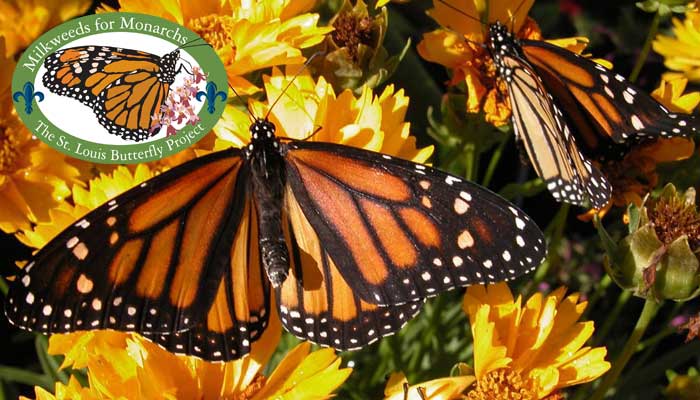
Published: 04-22-2014
Update 6.4.2014
The Milkweeds for Monarchs Initiative is underway. Mayor Slay has committed to the City planting 50 monarch gardens, and is challenging the community to plant an additional 200 monarch gardens in 2014 to commemorate the City's 250th birthday year.
The City has created an online registration. Once your Milkweeds for Monarchs garden is planted, register your garden with us so we can track our progress toward the goal. Your personal information will not be displayed. Registered gardens will appear on the Milkweed for Monarchs Map.
There are a variety of plants that will make your garden a success for attracting Monarchs. In partnership with community plant and butterfly experts, the City has created a STL Monarch Mix Brochure to serve as a reference in establishing your monarch garden. These plants have been carefully selected to provide the best combination of features for the butterflies and your personal enjoyment. These varieties were chosen to flower at different times of the growing season, offering seasonal color and important butterfly food and nectar sources.
The STL Monarch Mix consist of: (Photos courtesy of Missouri Botanical Garden and Monarch Watch)
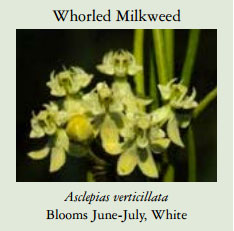
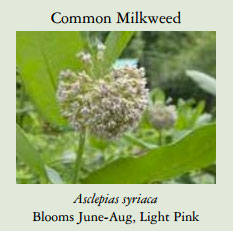
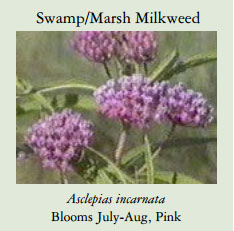
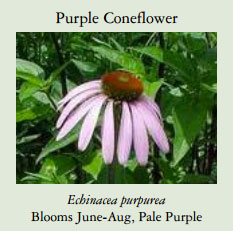
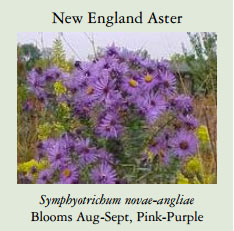
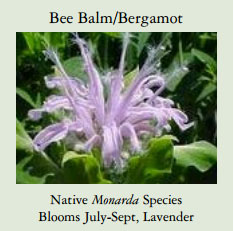
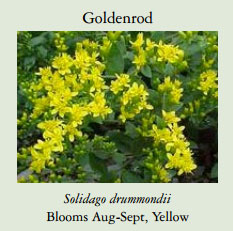
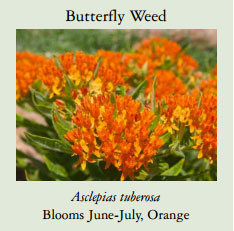
Original Post:
Famous for their remarkable annual migrations between Mexico and Canada, monarch butterflies are important participants in pollinating plants in our ecosystem. Yet, their population has declined 90 percent over the last two decades. Female monarchs depend on milkweed to lay their eggs and feed their caterpillar larvae. While other flower species can serve as nectar sources for butterflies, only milkweeds play host to monarch caterpillars enabling the monarch population to grow.
In honor of this year's Earth Day, Mayor Slay announced a new City sustainability initiative called 'Milkweeds for Monarchs.'
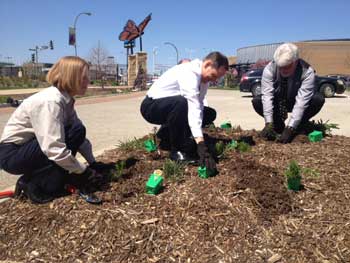 "The goal of this project is to both increase the dwindling monarch butterfly population and to better connect people and urban nature," said Slay.
"The goal of this project is to both increase the dwindling monarch butterfly population and to better connect people and urban nature," said Slay.
Mayor Slay has committed to the City planting 50 monarch gardens, and is challenging the community to plant an additional 200 monarch gardens in 2014 to commemorate the City's 250th birthday year.
"I will be planting one at City Hall and in my own yard at home. But, I'd like to see these butterfly gardens everywhere. They can go in your neighborhood's community garden, in front of your business or in your own yard," said Slay.
Access to nature can reduce stress and anxieties, nourishes the imagination, and provide important learning opportunities. STL Milkweeds for Monarchs also aligns with the City's Sustainable Neighborhood Initiative. Creating monarch gardens is also an opportunity to enhance a community's sense of place and to build relationships between neighbors.
In partnership with community plant and butterfly experts, the City has created a STL Monarch Mix Brochure to serve as a reference in establishing your monarch garden. These plants have been carefully selected to provide the best combination of features for the butterflies and your personal enjoyment. These varieties were chosen to flower at different times of the growing season, offering seasonal color and important butterfly food and nectar sources.
For updated information on the STL Milkweeds for Monarchs initiative and to receive recognition for creating a monarch garden, please visit stlouis-mo.gov/sustainability.

No comments:
Post a Comment